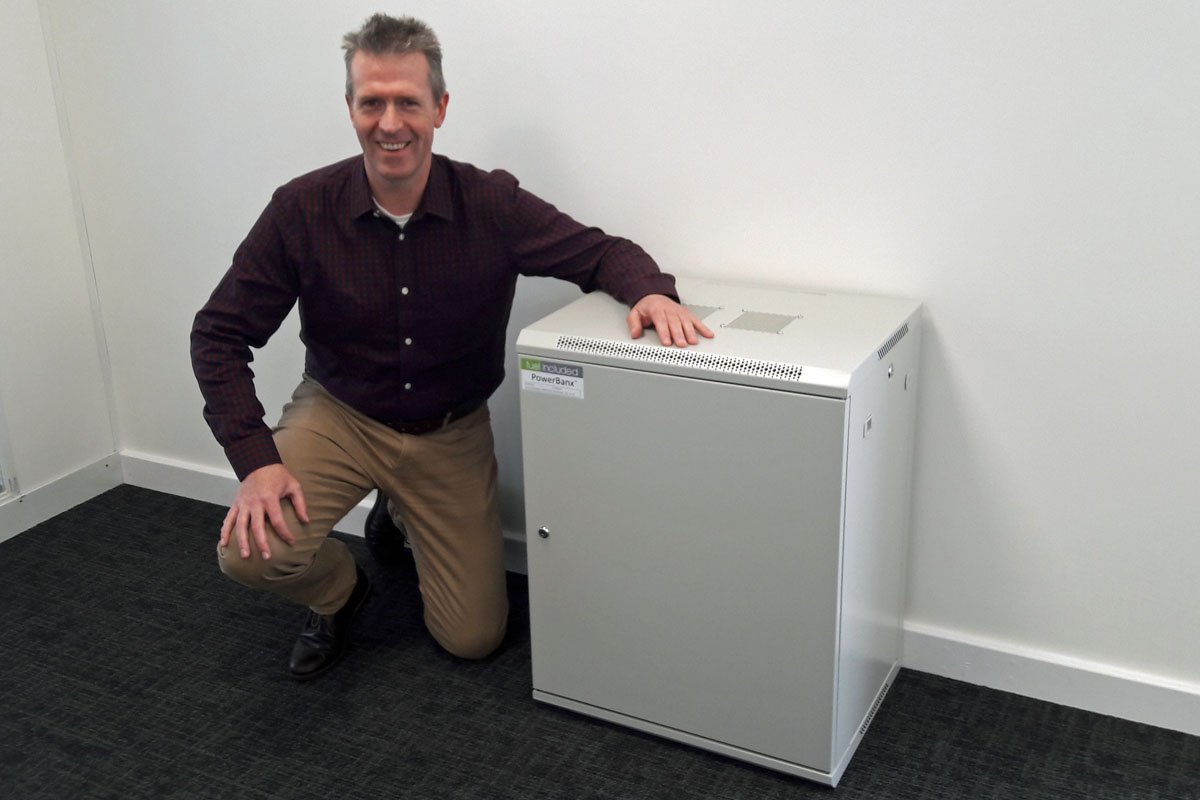The world has watched on as some of its leading regional markets, China, South Korea, Australia, Japan, parts of the US, the UK, and many parts of Europe have raced ahead in deploying energy storage in the last five years, mostly, but not only, lithium-ion batteries.
IHS Markit says that the US in 2019 will deploy around 712MW, becoming the world’s largest market for grid-connected batteries this year, while another research firm, Wood Mackenzie Power & Renewables, has predicted that 4.3GW could be installed worldwide during 2019.

Tanjent’s PowerBanx X battery storage, in pale grey enclosure (Image: Tanjent)
Record-breaking figures have been reported in the US and other territories such as the UK, year-on-year. Yet from other territories reports come in of interminable delays, of hotly contested jurisdictional rights, the difficulty in overhauling not only the technical design of the grid but the ways in which we think about energy markets too. Everyone seems certain energy storage is a key part of the decarbonised energy system, but no one seems certain when we will be able to breathe a sigh of relief that that place is assured. And of course, there’s the question of whether success in these leading markets can be replicated all over the world.
In those leading regions, the rapid rise is happening both in front of and behind the meter, with economic cases that are finally starting to make sense and often – but not always – with specific policy support. And while solar industry investor and commentator Jigar Shah predicted confidently that utilities would try to take ownership of energy storage as much as they could themselves at the beginning of 2018, it seems as though 2019 was the year that this really took shape.
Read more: Energy Storage News



